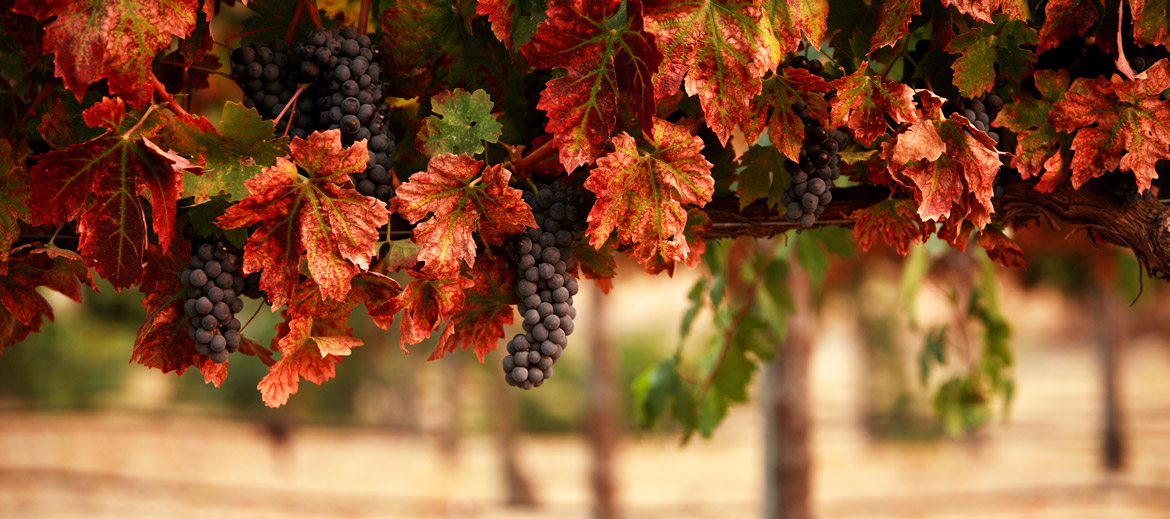
THE GRAPE HARVEST AND THE GRAPE STOMPING TRADITION
I would like to take you on a short tour of the world of wine, a basic guide to the concepts, history and festivals in Spain that I am sure that it could be useful if you want to immerse yourself and experience as a real winelover. Come and join me!
ÍNDICE
1. 1. History and origin of wine
2. 2. What is the grape harvest?
2.1 Winemaking
2.2 Time and duration of the grape harvest
3.1 Tradition and Grape Treading Festival
1. HISTORY AND ORIGIN OF WINE
It is uncertain determine the true origin of wine, as it has been present in practically all civilizations;
- In the Neolític, a vessel was found with remains related to the ageing of wine. Its origin dates back to 5,000 BC.
- In Ancient Egypt, around 3,000 B.C., vines and wine played a special role, of which we can still see examples today in their artistic representations. Although the usual drink was beer because it was more affordable. Wine was the drink par excellence of the nobles and the wealthy classes. According to the chronicles of Osiris, God of Resurrection, fertility, crops and wine, he was the first to taste it and to teach his people to cultivate the vine and make wine.
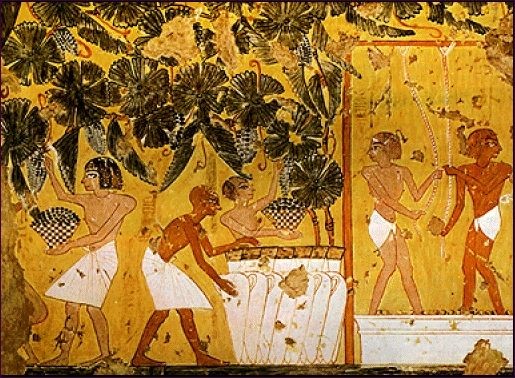
- Greek mythology attributes the invention of wine to the God Dionysus, God of the grape harvest and wine. Documentation has been found from the 7th century B.C. related with the care of the vine, harvesting and pressing of grapes.
- In the Roman Empirethe discovery of wine is attributed to Bacchus, the God of Wine, who allowed people to loosened and free themselves through music and wine.
- In China,where the process of fermenting grapes has been used for 4 millennia. Wine is said to be the most popular drink. Wine is said to be the most popular drink.
- There are even ancient references to wine in the Old Testament where Noah is quoted as planting a vineyard, drinking the wine and enjoying it.
- The oldest wine cellar in the world was discovered in Armeniaover 6000 years old, showing that humans were fermenting grapes as far back as the Copper Age. Fermentation vats, presses and storage vessels were found there. From the remains of grape seeds discovered, scientists determined that the grapes were of the "Vitus vinifera" variety, a type of vine that is still cultivated today.
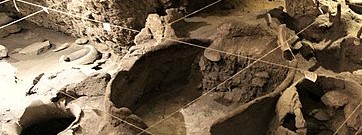
2. WHAT IS THE GRAPE HARVEST?
The grape harvest is the picking up of the grapes that will be used for the production of wine, therefore, we can say that it is the starting point of winemaking. Obviously, the previous process of care and maintenance of the vines is the essential to make it possible to harvest grapes of high quality.
When the vines are in optimal and adequate ripening conditions, they are harvested and then transported to the winery, where the best grapes from that production are selected.
The oenologist is the responsible for determining the right moment to start the harvest
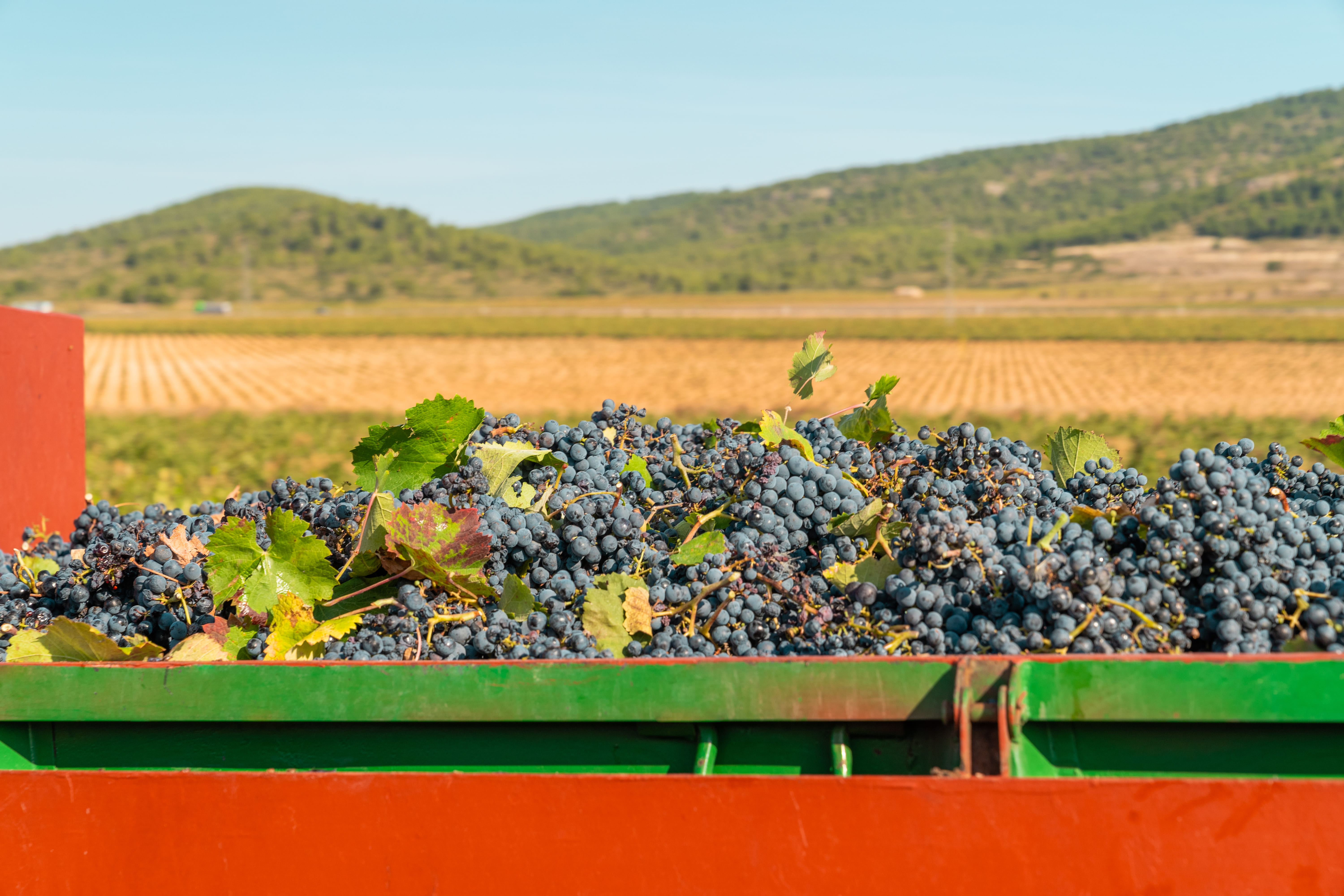
2.1 WINEMAKING
Once the grapes have arrived at the winery, we can define the following phases:
- Destemming:afterwards the relevant checks have been carried out and the grapes have been weighed, they are destemmed, which consists of separating the grapes from the stems.
- Pressing: this step consists of breaking up the grapes without crushing them or breaking the pips. This process has evolved over the years, and in the past, it was done by treading the grapes, nowadays crushing machines are used.
- Maceration: the must extracted in the previous step is left to settle with the skin and pulp to obtain aromas precursors.
- Racking: the resulting must be placed in tanks so that the solid sediments remain at the bottom.
- Fermentation: in this step the must is introduced into tanks where it is left to ferment, varying the time and temperature if the wine is white or red. The must naturally turns into wine.
- Bottling: this is the final phase, in which the wine is filtered and bottled once the oenologists have decided..
2.2 TIME AND DURATION OF THE GRAPE HARVEST
The time of harvest varies depending on our geographical location. If we are in the northern hemisphere, as is the case in Spain, the harvest takes place between August and October. On the other hand, if we are in the southern hemisphere, the harvest takes place between February and April. However, the definitive harvest date for each winery will depend on the degree of ripeness of the grapes, among other factors (other factors may be the weight of the grapes, visual elements, weather forecasts, etc.).
The duration of the harvest depends largely on whether it is done manually or mechanically, and although it can be done in a few weeks, the process can take up to two months, depending on the winery.
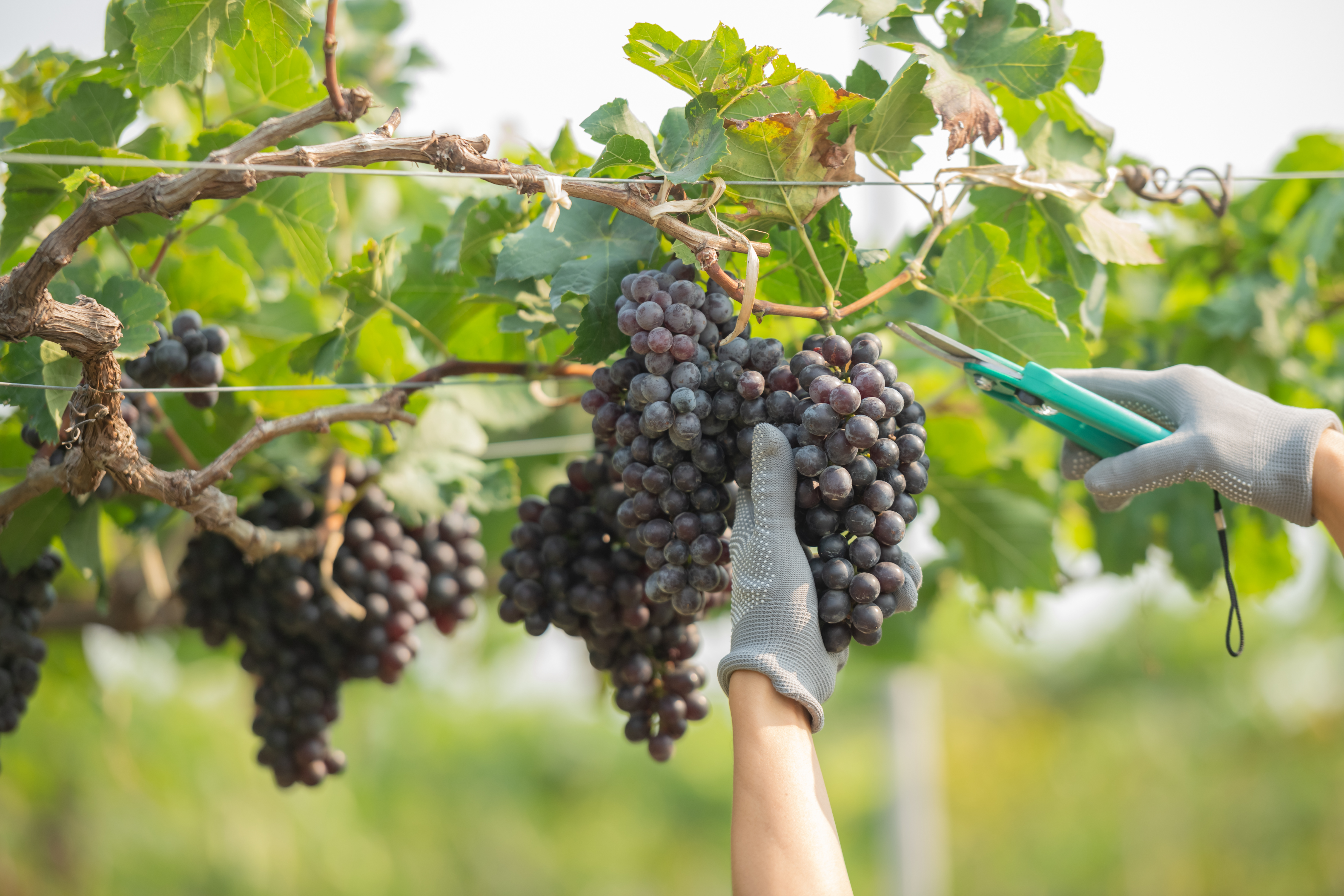
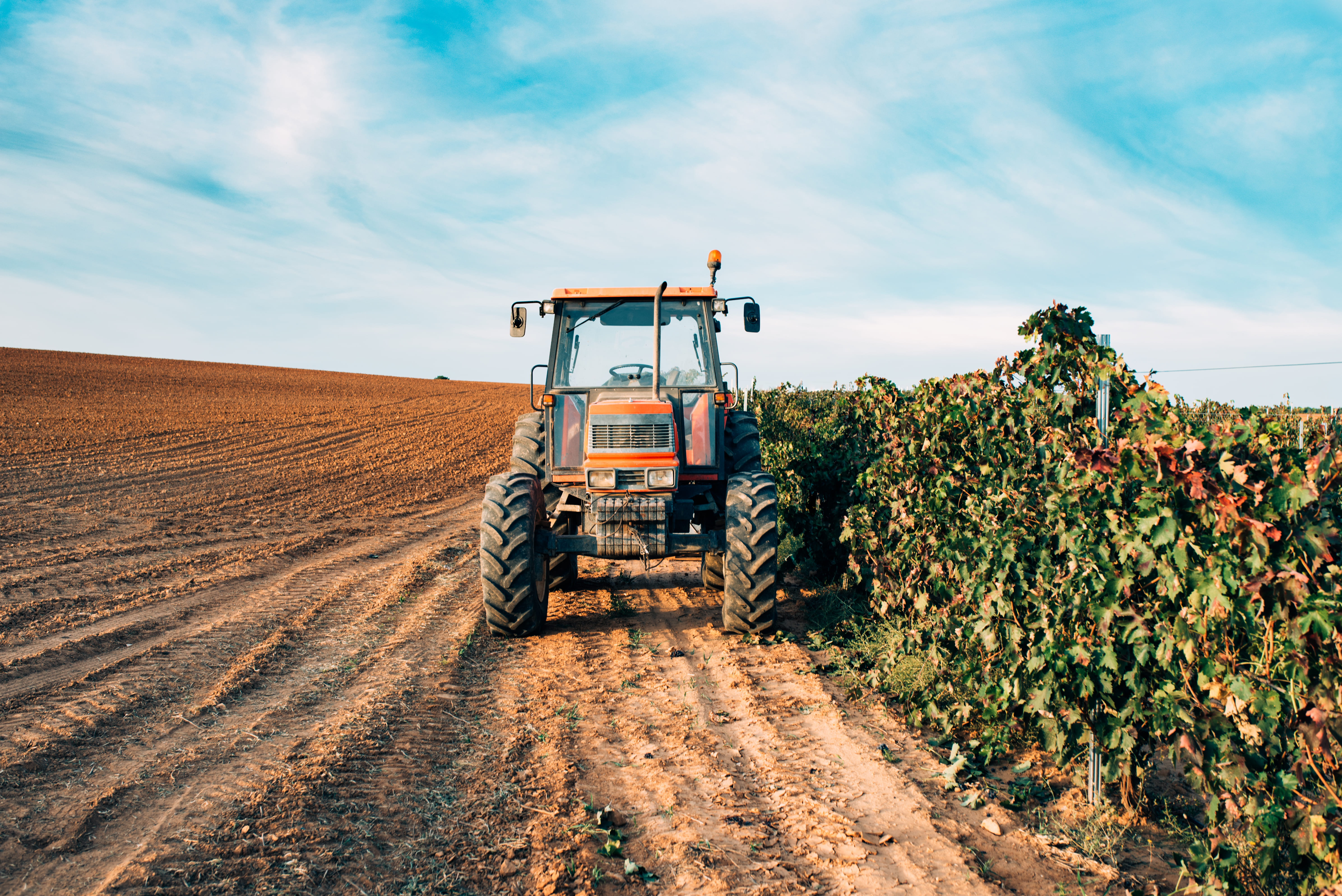
Today there are still wineries that prefer to follow tradition and harvest the grapes by hand in order to offer better quality, such as the Vera de Estenas winery, located in Utiel, Valencia.
3. GRAPE HARVEST FESTIVAL
The grape harvest festival is held in honour of the workers who have harvested the grapes, celebrating the end of a good harvest. These festivities are also used as an opportunity to kick-start the wine season.
Many festivities take place, but among them, the traditional treading of the grapes or tasting of the first must, wine tastings, open-air meals, dances, competitions and open days for visiting wineries are not to be missed.
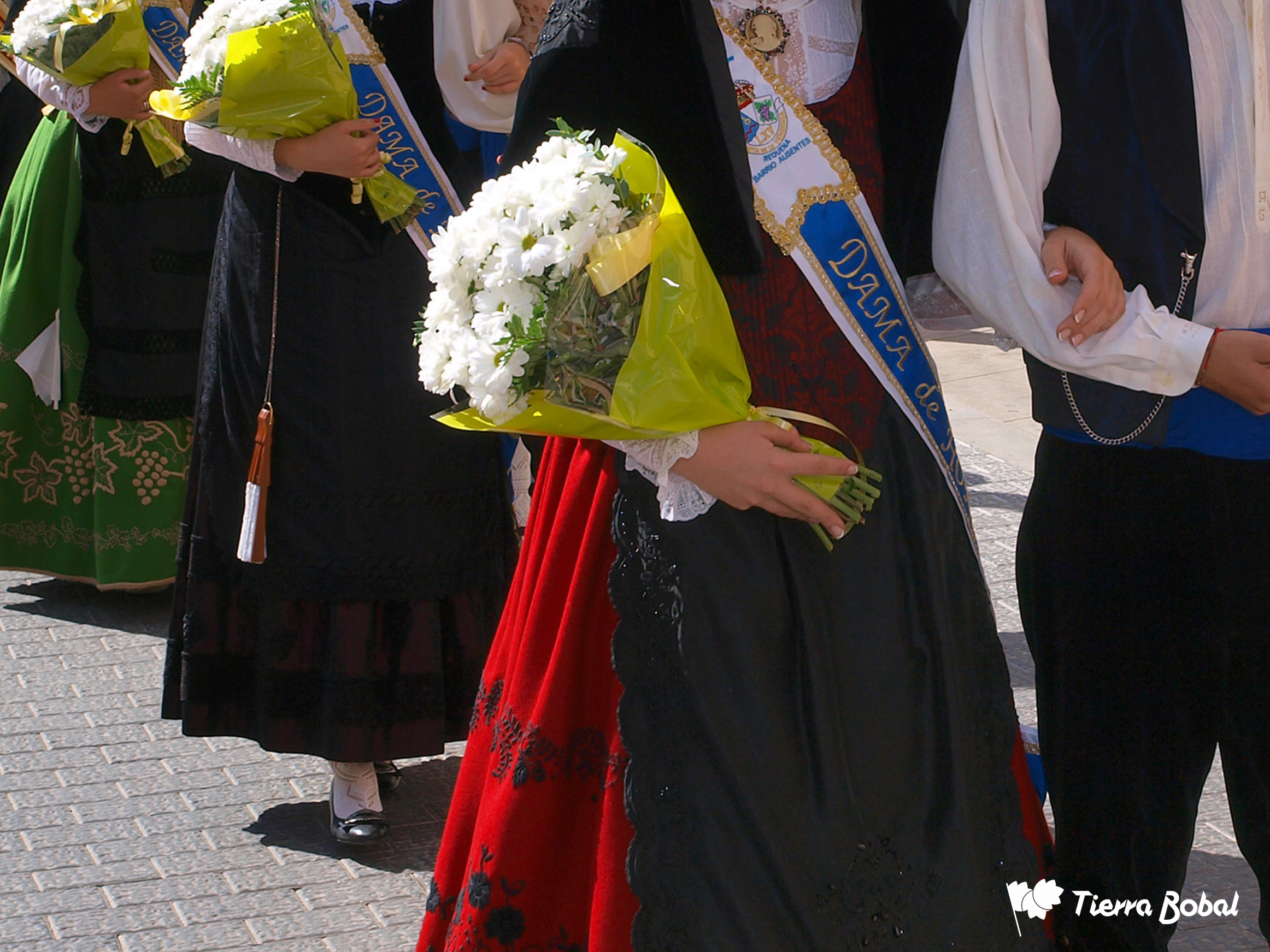
In Spain, the grape harvest festival takes place between September and October and many towns hold it:
- Requena, Valencia; it is one of the oldest festivals in Spain and takes place between the end of August and the beginning of September. Among its most commemorative events are the treading of the grapes, the blessing of the grape juice, the proclamation of the Queen of the Fiestas and her court, and the popular "Noche del Labrador", the night of wine, the parade of floats and the burning of the wine monument.
- Montilla, Córdoba, takes place at the beginning of September and in this town the grape harvest festival has been declared of Regional Tourist Interest. Some of the events include the Cata Flamenca (Flamenco Tasting) and the Fiesta del Vino y Tapa (Wine and Tapas Festival) and the treading of the grapes.
- Valdepeñas, Ciudad Real; takes place at the end of August and beginning of September. In this town, the festivities last a whole week with a multitude of leisure activities focus on wine, concerts, etc.
- En la Rioja; it is held in September and is the most important festival in the capital. Among its events are the grape stomping, parades, music, etc.
- En Jerez; it takes place at the beginning of September and is a Festivity declared of International Tourist Interest. The most important events include the popular grape treading, music, gastronomy and cultural activities.
- Logroño; is a Festivity declared of National Tourist Interest, they are held to coincide with the Festival of San Mateo. Among its events are the treading of the grapes, floats, gastronomic tastings, bullfighting fair, running of the bulls, concerts, theatres, etc.
3.1 TRADITION AND GRAPE TREADING FESTIVAL
As you will have seen above, one of the common acts in all the grape harvest festivals that take place in our country is the stomping of the grapes, which is nothing more than treading the grapes previously deposited in a wine press to extract the must, either barefoot or with rubber boots and, on many occasions, to the rhythm of popular songs and ditties. As you will have seen above, one of the common acts in all the grape harvest festivals that take place in our country is the stomping of the grapes, which is nothing more than treading the grapes previously deposited in a wine press to extract the must, eitherbarefoot or with rubber boots and, on many occasions, to the rhythm of popular songs and tales.
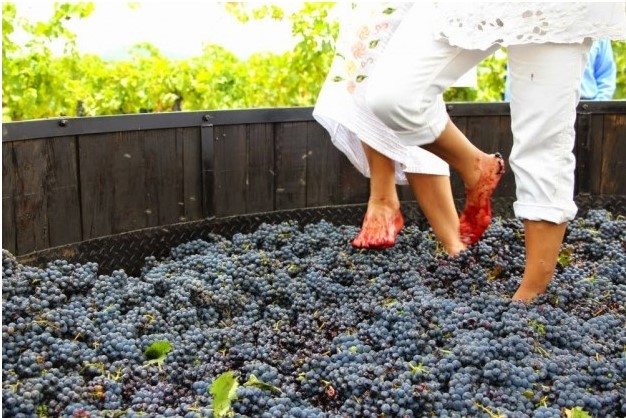
Until the 19th century this was the most common method used by wineries, nowadays it has been relegated to family wineries or as a wine tourism attraction where visitors can experience the grape harvest in all its senses.
.jpg)
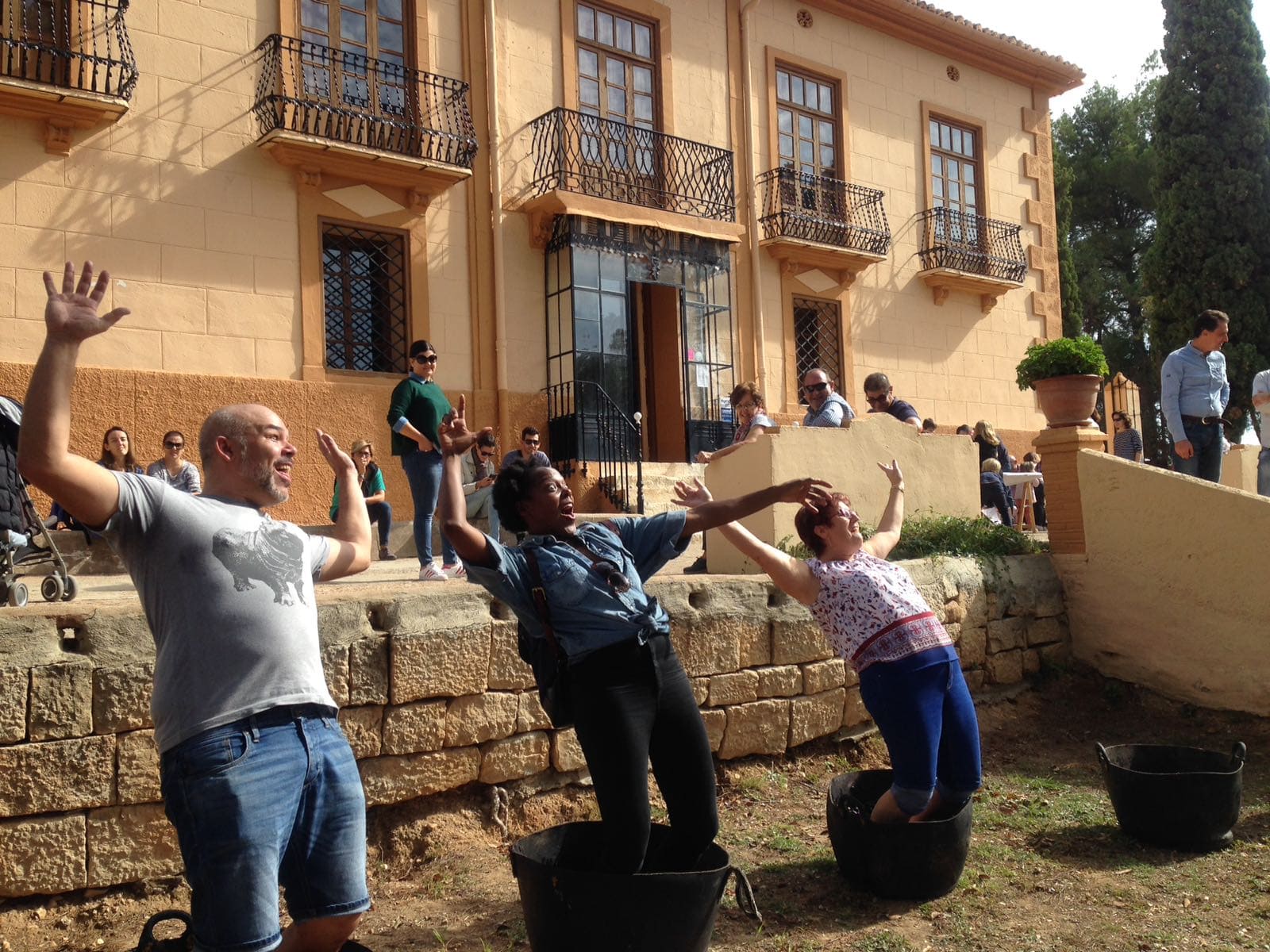
If you wish to experience the grape treading or live an authentic winelover experiencedo not hesitate to contact professionals in the sector who will organize plans for you so that you can enjoy the world of wine to the fullest. At Ambiatours, we have been working in the sector for many years, so if you wish, we will be delighted to welcome you to enjoy and suggest you a proposal to your needs. For our side, we highly recommend you the visit to the Utiel-Requena wineries with harvest and grape treading.
You are invited to visit our blog whenever you want, where you can discover information, recommendations and curiosities to live unforgettable experiences.







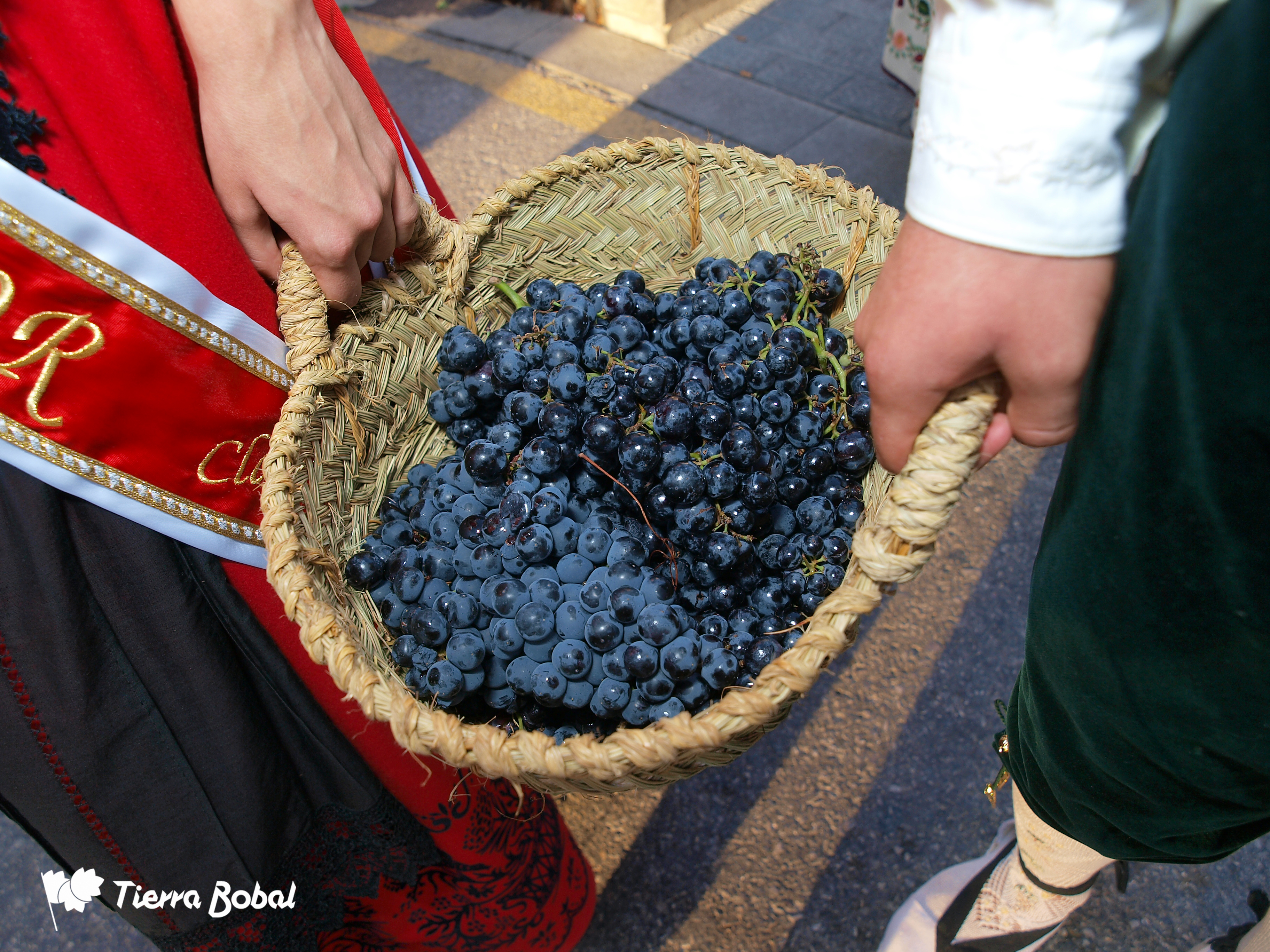


 info@ambiatours.com
info@ambiatours.com +34 96 334 01 30
+34 96 334 01 30 +34 628 876 480
+34 628 876 480

